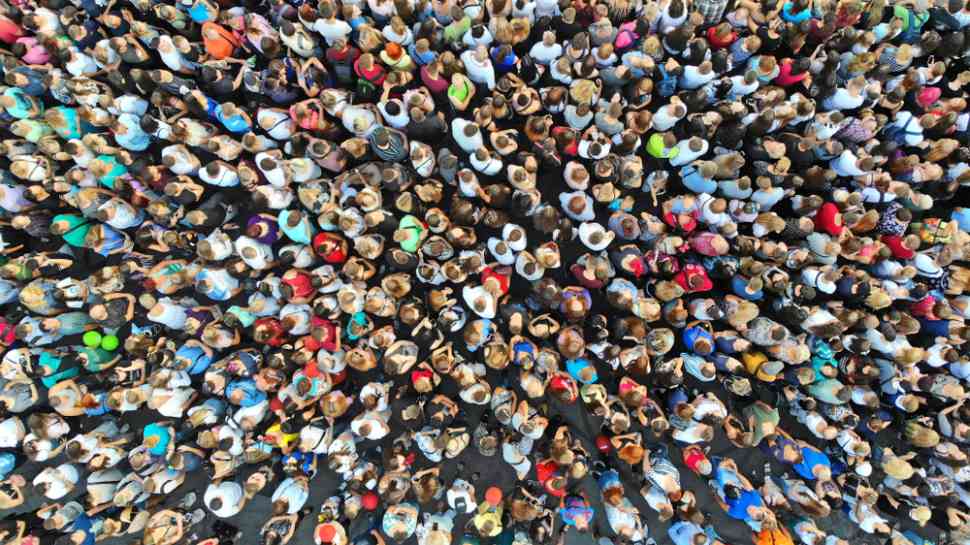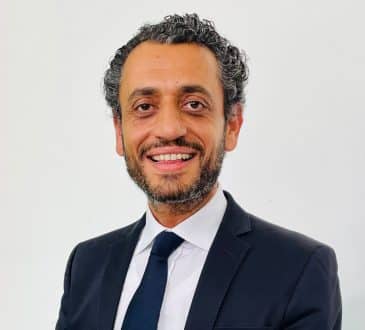Cognitive Dissonance Theory And Its Surprising Evidence

We all make mistakes and the way we handle them has a lot to say about our level of maturity. The way we handle failure is important for us in order to construct the road to success. Every significant effort starts with the first step of accepting our mistakes or weaknesses. If we are not about to do that we will never move forward. However, when many people carry specific ideas what happens to their reaction and attitude to failure? The way a person will react when they are on their own is very different than the way they will react when they are in a group and they feel they have the backup of a whole ”gang.” Cognitive dissonance theory was published in 1957 by the Professor of psychology at MIT Leon Festinger, who showed that people, under certain circumstances, instead of adapting their behavior to suit their beliefs, they adapt their beliefs to suit their behavior against every rule of common sense.
Leon Festinger was 31when he came across some interesting news that arose his imagination and mood for experimentation. To help you understand let’s take first things first. The main character of our story is Mrs. Marion Keats who lived in Lake City with her husband. According to this lady, a strange vibration called Sanada decided to communicate with her using a message. Sanada was something like God or a special leader one would say that approached this unique lady and asked her to pass on a message to the world.
The content of the message implied that huge disasters would occur on a particular date and only those who would follow the ”leader” would be saved since a special spaceship would carry them and care for their survival and well-being. It was like a prophecy that was not predicting good things that would happen in the future. According to the message: “It will lift the bottom of the Atlantic and sink its coast. France will sink, Russia will become a great sea…A big wave will flood the Rocky Mountains to make the Earth disappear from its creatures and create the new order.” The date when all these weird things would occur would be December 21st.
As you imagine Leon was an ambitious scientist and he wanted to come out with a theory after this strange human behavior took place. What he had to do is see how people would react after the prophecy was proven wrong. Leon had an experiment to conduct! He let some of his fellows mix with the believers and see how they react.
On December 21st 00:00 everyone’s attention was on what will happen with the prophecy, as you may imagine nothing happened to the world and no big disasters came to destroy us, humanity. The next question was what the believers would do now and how they would react. Besides, this is what Leon was so eager to find out.
After a while, they opened doors and windows, invited the TV crews that were waiting outside to come in, prepared tea to treat, and got ready to proceed in their first statements. While someone would expect they would soon realize their mistake and remain silent, they were more than open to discussing what happened with unmetered enthusiasm. According to their statements: “The world was saved because we prayed…”. However, the prophecy in no way foresaw such a thing.
What people who believed in that prophecy did was simply change their statement. What is so interesting about this process is that they did not care to talk about whether they had talked about the power of their prayers in the past. Even though it is obvious that they tried to reverse their previous statements and practically lie, no one can directly accuse them of that because they only claim they revealed half the truth to us and they kept the rest for themselves. In other words, half the truth is not a lie, right?
But that doesn’t matter. Rebuttal causes such a powerful defense mechanism that individuals, instead of standing on the logic of rebuttal and changing their behavior, do exactly the opposite. They change the logic of things and begin with greater enthusiasm to convert to the beliefs they have disproved. The theory of cognitive dissonance shows that reactions to failure create a new mechanism. When a person’s beliefs collide with the tangible evidence of reality, the discomfort caused is so great, that as a result, it has the activation of such defense mechanisms that instead of leading to behavior change strengthen it. Besides, no one forces us to believe anything and everyone has the right to have their own set of theories and beliefs. As long as we do not hurt others, we live in a democratic world and this is what democracy is about.
Add CEOWORLD magazine to your Google News feed.
Follow CEOWORLD magazine headlines on: Google News, LinkedIn, Twitter, and Facebook.
This report/news/ranking/statistics has been prepared only for general guidance on matters of interest and does not constitute professional advice. You should not act upon the information contained in this publication without obtaining specific professional advice. No representation or warranty (express or implied) is given as to the accuracy or completeness of the information contained in this publication, and, to the extent permitted by law, CEOWORLD magazine does not accept or assume any liability, responsibility or duty of care for any consequences of you or anyone else acting, or refraining to act, in reliance on the information contained in this publication or for any decision based on it.
Copyright 2024 The CEOWORLD magazine. All rights reserved. This material (and any extract from it) must not be copied, redistributed or placed on any website, without CEOWORLD magazine' prior written consent. For media queries, please contact: info@ceoworld.biz
SUBSCRIBE NEWSLETTER








